Home. September. I’m buying apples and plums and looking forward to being back indoors and reappropriating the kitchen. But holding on for a few minutes more to the summer, to the ease, to the uninterrupted days of outdoor living. We had a great few weeks, spent as usual in Brittany, with family and good friends.
I’ve long had a schizophrenic relationship to holiday cooking, but perhaps have finally found a balance — between really being on holiday, and sensing the obligations of household organisation. (I needn’t. But I do!)
I like the rhythm of the local markets — There are a few options short distances away, depending on the day of the week, so we go to one village or the other according to our needs, as it suits best. It’s always fun and inspiring. The producers know us as the Londoners (previously New Yorkers), who show up every summer. We catch up on the year past and the season’s specific trials and challenges. (This year, obviously, drought.)
I love the products and summer’s produce. Unnatural mountains of exceptionally ripe tomatoes (!), local deep water mussels from Locquémeau, upright sardines, the meat producer with photos of her ridiculously cute long-haired, flappy-eared pigs.
I enjoy stealthy pre-apéros started ahead with those chopping together in the kitchen …
But also — The imperative of cooking for at least a dozen people every day at every meal can feel like a drudging obligation. It might detract from going for an early evening swim in the pond, staying to watch the sunset at the beach, playing a game, reading a book. Sometimes, cooking gets in the way.
The trick is to find a balance, of course. Maybe this time we did. A large part of it is food that is simple, and lenient.
Lunches are easy. Occasionally ‘sur le pouce’ (literally ‘on the thumb’ i.e. grabbed quickly, unceremoniously, on a small corner of the table). Not necessarily together. Salads, leftovers, many many many tins of fish.
Dinners are the main meal. Sometimes, feasts. One friend prepares an Indonesian banquet that requires a two-day prep. (Does she feel a bit trapped by the recurrent expectation?) Another friend makes a Réunionais sausage and tomato stew served with rice and lentils, and spicy fruit or vegetable relishes on the side known as ‘rougail’. There are always barbecues, with sausages, marinated and slow-cooked and finally grilled pork ribs, exceptionally a rib of beef. It has even happened that I’ve bought a (actually two) fish because I fell in love with their dappled beauty. We cooked the brill under blankets of very thinly sliced potatoes.
Mostly there are these effortless, recurring things.
Tarte à la tomate
Tartes are a great easy lunch or dinner. To make things extra simple, all French supermarkets stock pure butter pie pastries (though ingredients must be checked because there are usually always cheaper versions with palm oil) in the refrigerated section. These should be purchased and stocked in the freezer for easy access to a savory (or fruit) tarte at a moment’s notice. Of course, another option is to make the pastry.
Our favourite in summer is this classic French tomato tarte with mustard. It’s been around for decades and somehow always manages to surprise!
Mussels
This year I learned how moules de Locquémeau — a small port village about 25km from my sister’s place — are different and produced in a unique way. In the past, I assumed all local mussels (the ones we buy at the market are grown along the coast here within a 70km radius) were moules de bouchot, already a hallmark of quality. These grow on ropes coiled around pillars, a foot at least from the sea bed, away from the sand and grit. They are alternately submerged and uncovered by the tides, which makes them fleshy, robust, and slightly smaller in size.
Locquémeau mussels are grown differently still. They are ‘deep sea’ mussels which remain fully submerged on ropes at least 5 metres below sea level. They are a bit bigger and very tender.
The classic way with mussels in France is moules marinières with shallots and white wine. We like to add cream in which they become ‘moules à la crème’. This time I used more herbs than usual, especially summer savory, of which there are large bunches in the garden. They were so good!
Tomates à la provençale
There is no recipe.
Cut the tomatoes in half. Sprinkle with sea salt, crushed garlic, and thyme (and/or summer savory). Roast in a medium to high oven, 20 to 30 minutes.
This southern French dish is so easy to make that it’s easily forgotten. Luckily, my mother remembers. Such a great and practical addition to any summer meal.
Tian
True tian is just vegetables: tomatoes, zucchini, aubergines, layered alluringly and cooked in a ‘tian’ dish in the oven. This version adds mozzarella and the recipe I link to is with chard! Delicious heresies.
Tarte aux abricots
Here is another use for the ready-made pastry mentioned above — fruit tartes are usually the solution to a last minute invitation that calls for some sort of dessert to dress the meal and make it feel a bit more special. Recipe below.
RECIPE
APRICOT TARTE WITH LEMON VERBENA SYRUP
I love the combination of verbena and apricot. It was a chance improvisation some years ago and I return to it every year. One of my very favourite.
All-butter pie crust, either home made or store-bought
Ripe apricots, enough to fill the pie when cut in half
200g ground almonds
75g sugar
For the syrup
200g sugar
A few sprigs of fresh lemon verbena
Preheat the oven to 175C (350F).
To make the syrup, pour the sugar into a small saucepan with just enough water to wet it completely. Heat until the sugar is entirely dissolved and let simmer for a few minutes. Add the sprigs of lemon verbena to infuse at least 5 minutes.
Meanwhile, assemble the tarte.
Place the pastry in a pie dish (or on a baking sheet lined with parchment paper). Dot the pastry with holes (for example with a fork) so that it doesn’t puff up while baking.
In a medium bowl, mix together the ground almonds and sugar. Cover the pastry with this mixture. Add the washed apricots, cut in half and stoned, onto the almond/sugar mixture.
Carefully drizzle the syrup over the apricots, taking care not to create big puddles. (If you want to decorate the tarte with verbena leaves, first dip them in the syrup so they crystallise while cooking rather than burn.)
Bake the tarte for 25 to 35 minutes.
Serve cool, with thick cream or just like that.
Welcome back, bonne rentrée, happy September!


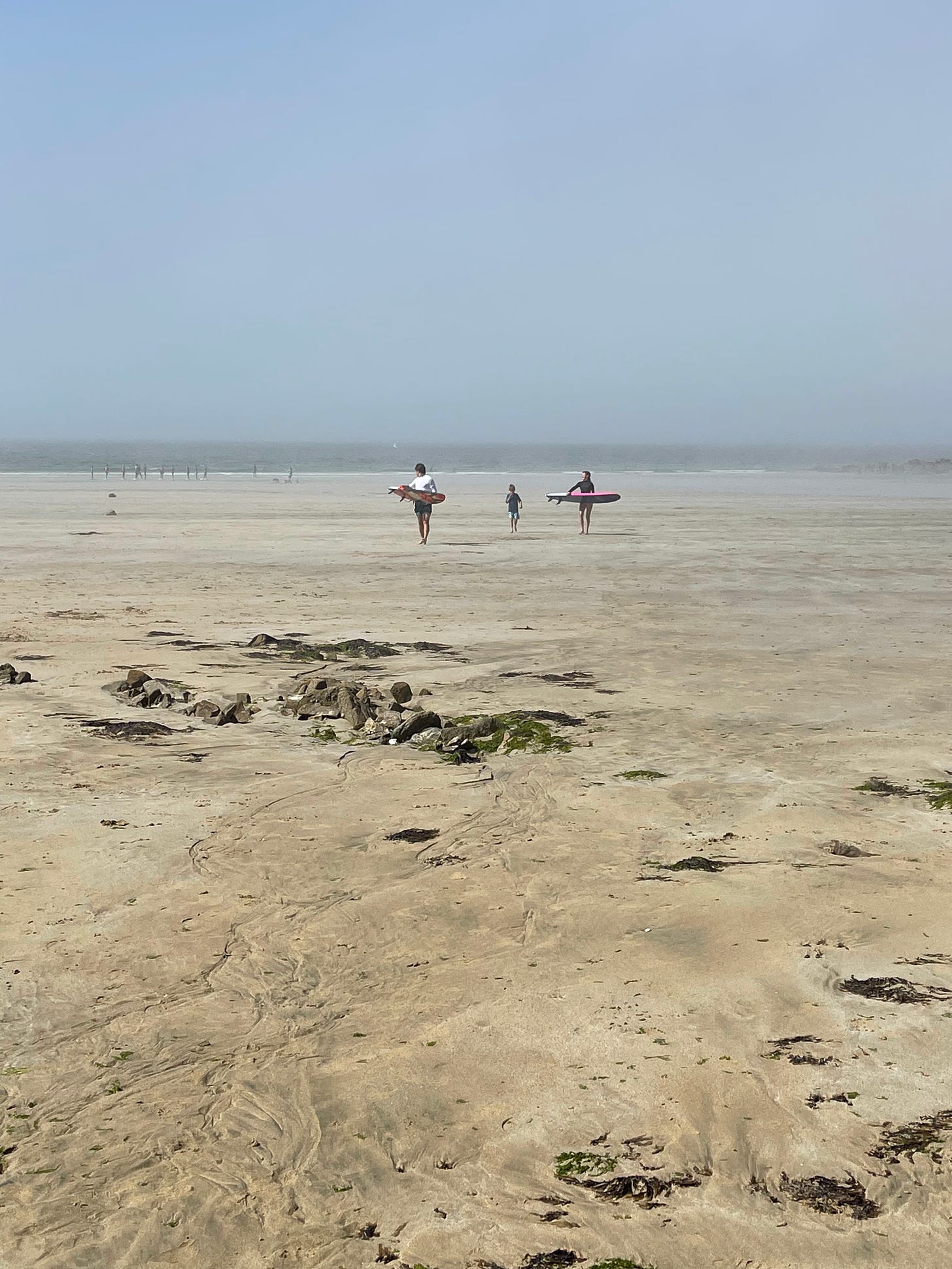
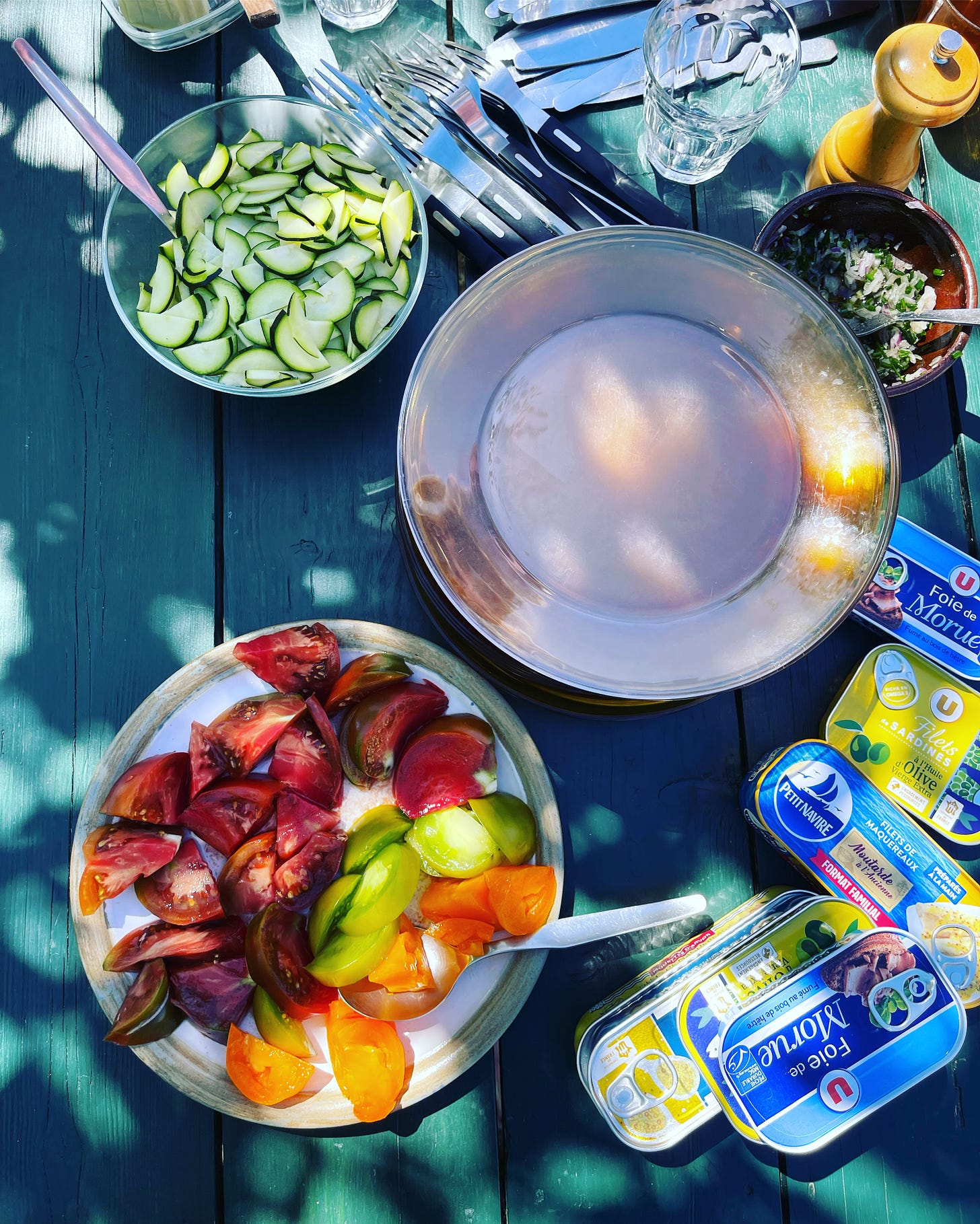
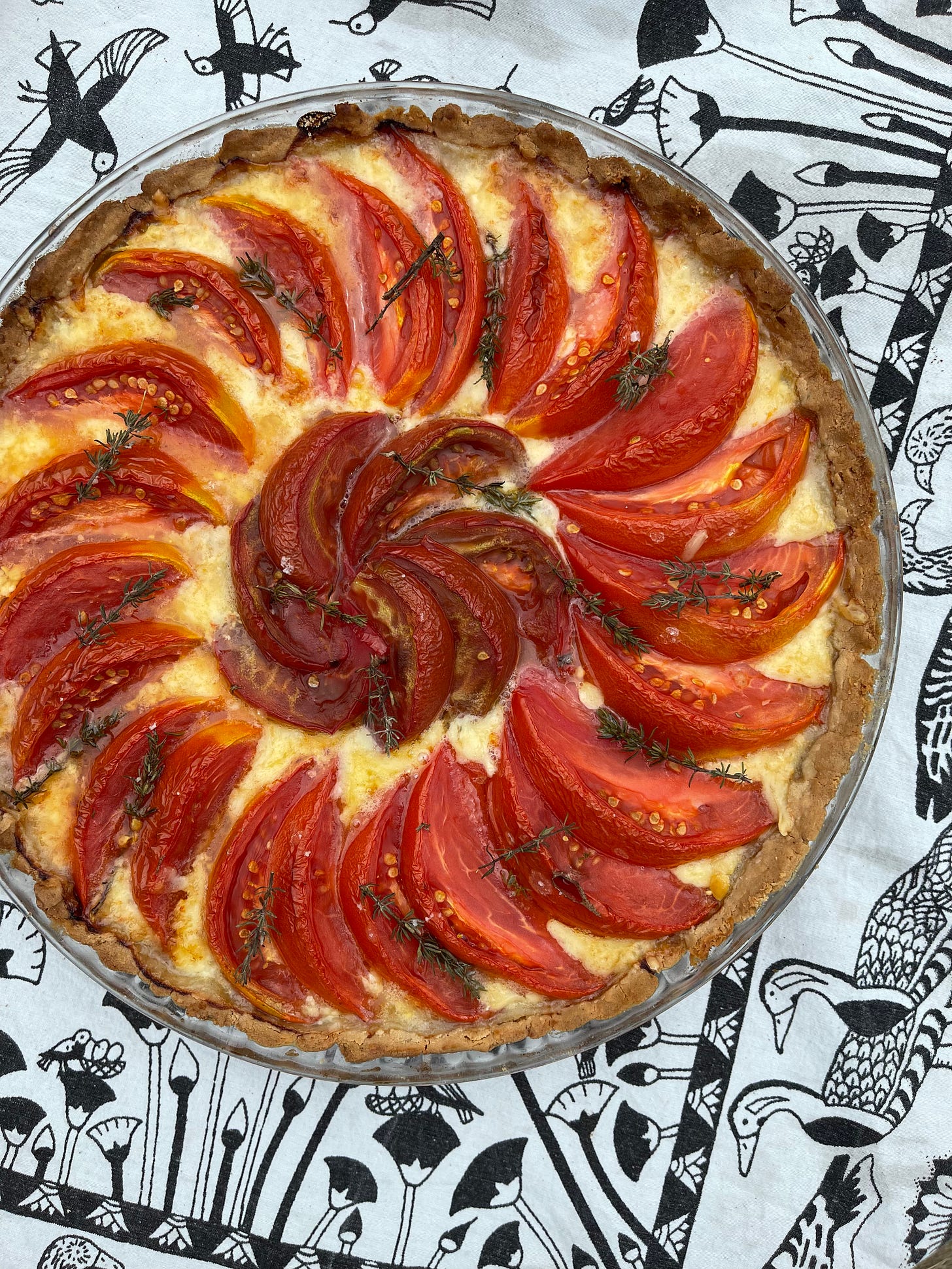
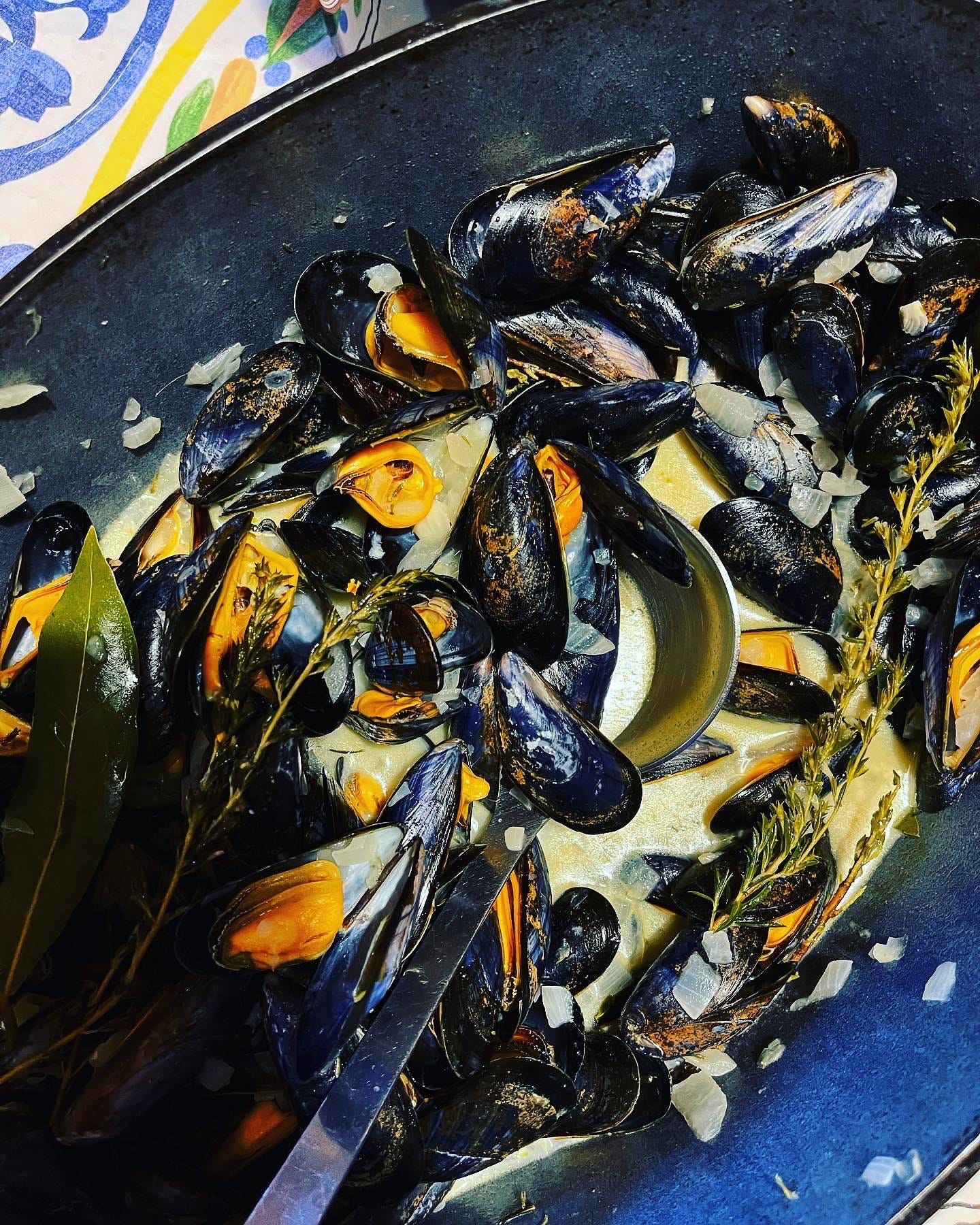
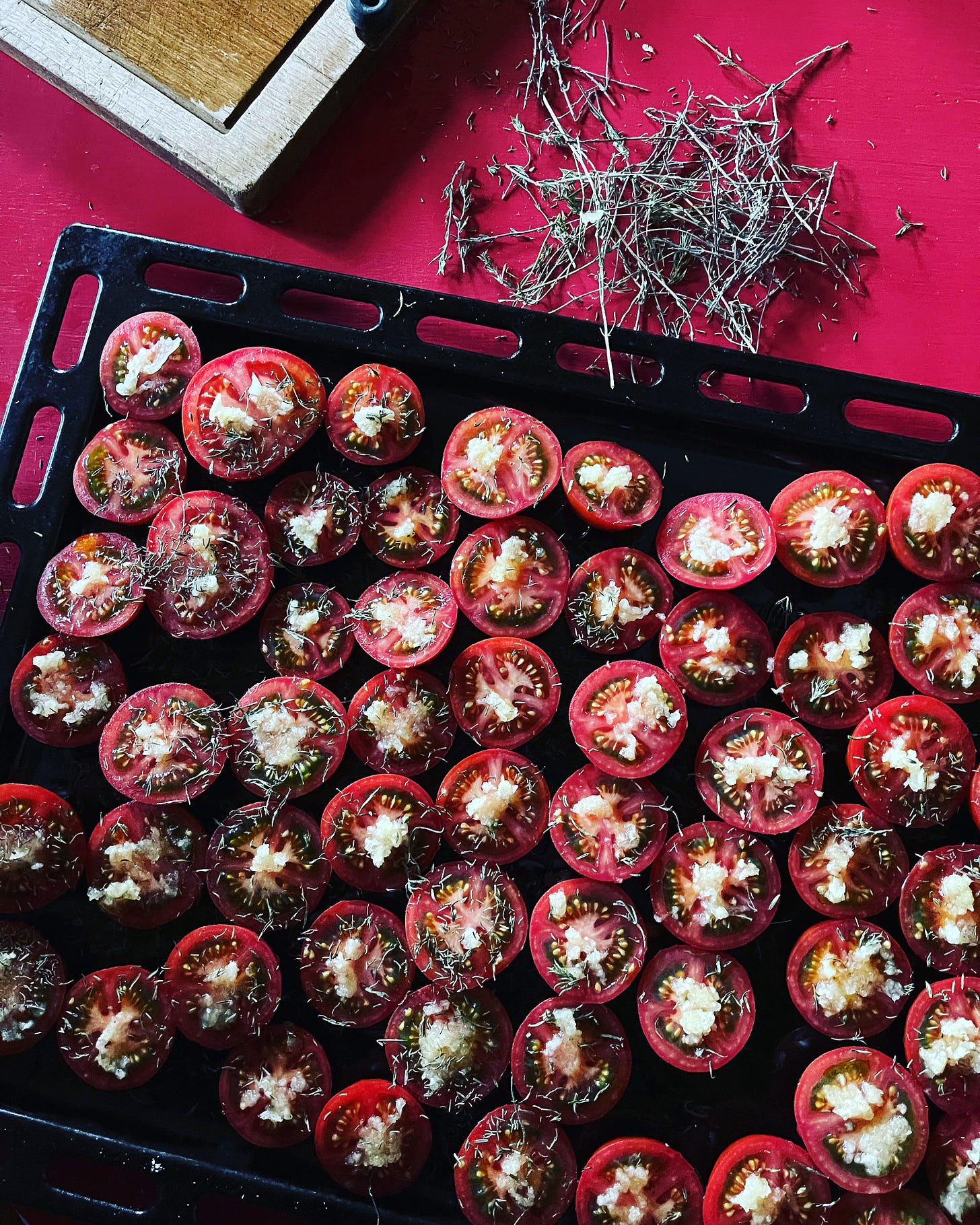
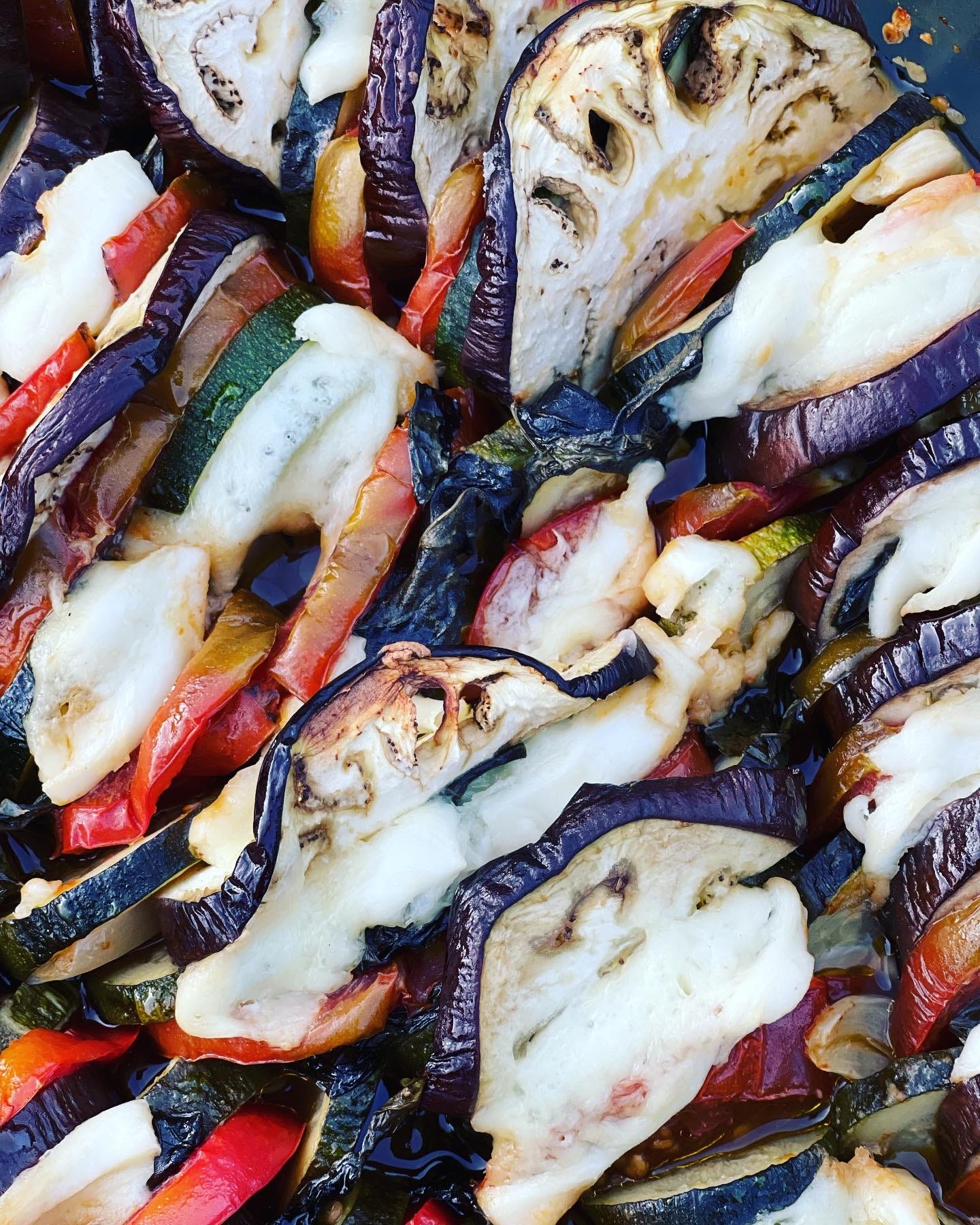
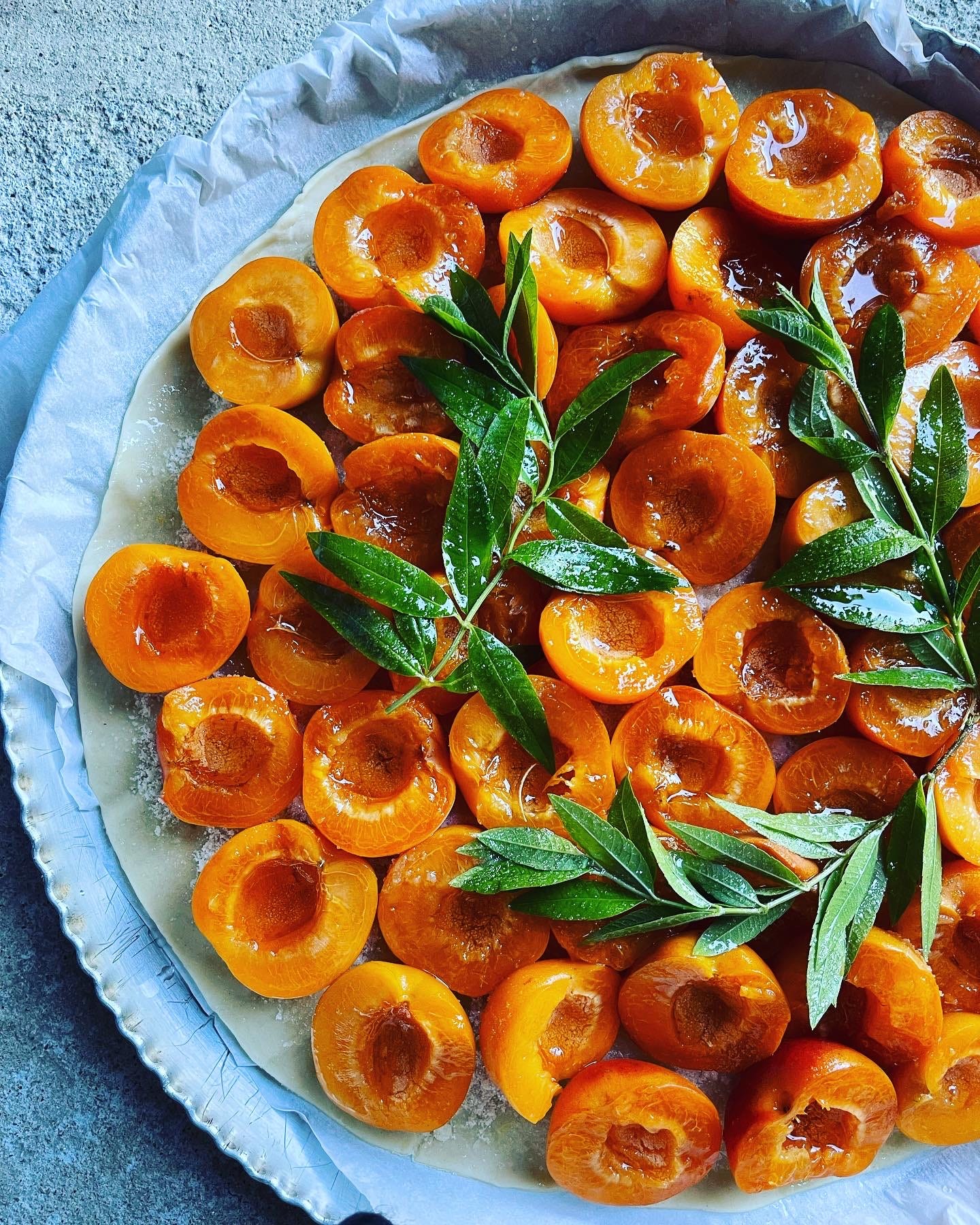
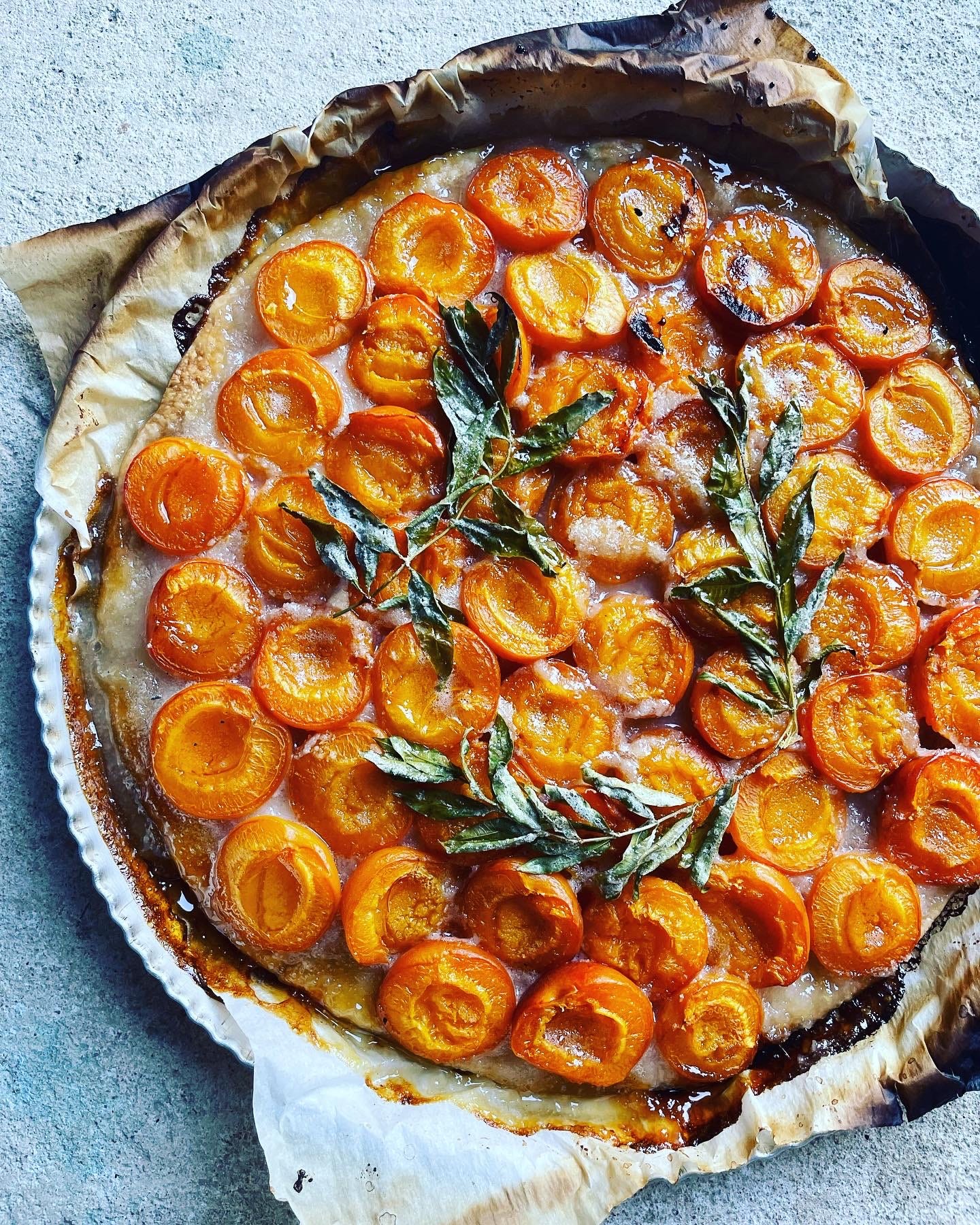
Wow! What a dilemma, Valerie! Cooking meals for twelve that you clearly want to do well, but have a holiday at the same time. Tricky stuff but it's clear that you have found the right balance. Local, seasonal and 'simple', with a few well-judged shortcuts. Perfect!
I especially like the addition of that lemon verbena syrup to your tart and that you allow your inner heretic to play with the classics.
Oddly enough, considering the size of the region, we have spent quite a bit of time in that area - staying just outside nearby Perros-Guirec. Good times and happy memories of markets, beaches and pink rocks!
How wonderful. We’re known as Les Anglaises in our little part of Brittany (despite my husband constantly explaining he’s Irish, not English.) I love your stories of cooking in Brittany, and I agree finding new things (such as the mussels) is always fascinating. Thank you